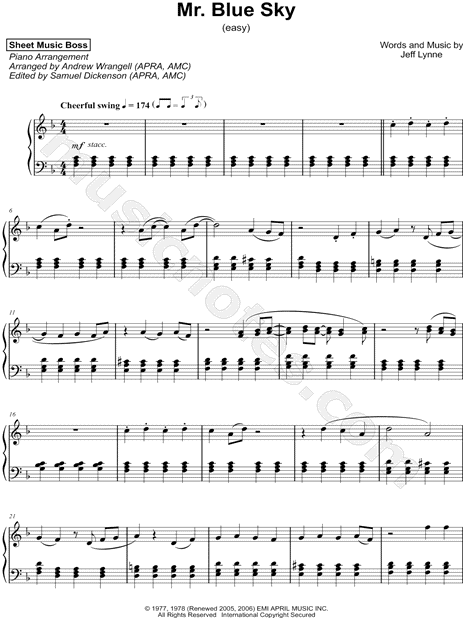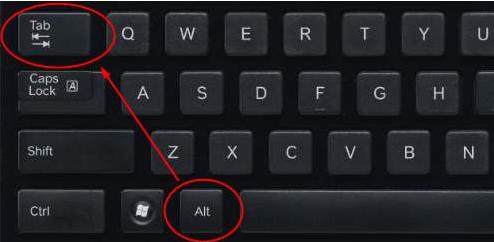Which Is The Tab Key On A Mac Keyboard

You can learn other Mac shortcuts by going to the System Preferences, then Keyboard in the Shortcuts tab. My favorite hot-keys are Command-Q to quit apps and Command-W to close windows. Recently I've been thinking about the idea of migrating from PC to Mac, specifically Mac Mini. The biggest issue however is hardware, since I'm not sure what will and what won't work on OS X. First issue that comes to my mind is keyboard, currently I'm using Logitech G15.
Alt key on Mac is indeed exist. Microsoft office x for mac. And it’s called Option key.
Windows vs Mac—there are so many differences. A lot of our customers have used a PC before and then decide they want to switch to Mac for better performance, nicer design, or for better security. However, they were afraid they would have a hard time getting used to the macOS keyboard. We hear questions like, “How can I close a Window? The Mac keyboard doesn’t have the Alt + F4 shortcut.” We always give them two answers:
1. With Parallels Desktop for Mac you have the choice to use the same keyboard shortcuts you had on your PC.
2. If you want to use the Mac keyboard you will experience that the alt key is very different, as we explain in this blog post.
Where is the Alt key on a Mac keyboard?
The PC-keyboard equivalent of Alt on a Mac is called the Option key, and you’ll find the Option Key on your Mac if you go two keys to the left of the spacebar. However, the option key on a Mac keyboard is used in a different way than the alt key on a Windows PC. In terms of functionality, the alt key in Windows is often more comparable with the Command key than with the Option key on a Mac. You might be also familiar with the Ctrl and Alt keys from your PC. On your Mac keyboard, you have Command (⌘ cmd), Control (ctrl), and Option (⌥ alt) keys.
How do Windows shortcuts change on a Mac?
Ts video player mac. Check out some equivalents of popular Windows alt shortcuts on a Mac, which might be especially helpful for those users who are new to Mac:
| Windows | Mac | |
| Closing a window | Alt-F4 | Command-W |
| Restarting | Control-Alt-Delete | Control-Command-Eject |
| Shutting down | Control-Alt-Delete | Control-Option-Command-Eject |
| Logging out | Control-Alt-Delete | Shift-Command-Q |
| Switch between open apps | Alt + Tab | Command-tab |
| Go back | Alt + Left arrow | Command + Left arrow |
| Go forward | Alt + Right arrow | Command + Right arrow |
| Move up one screen | Alt + Page Up | Command + Page Up |
| Move down one screen | Alt + Page Down | Command + Page Down |
When running Windows on a Mac with Parallels Desktop, is it possible to use Windows shortcuts on a Mac?
If you run Windows on your Mac with Parallels Desktop for Mac, you can configure your keyboard shortcuts the way you want to work, with either macOS or Windows shortcuts. Click here for more information on how to set the different shortcuts.
You can find even more useful Mac shortcuts in the infographic here.
Missing your Start Menu and familiar Windows look and feel? You can use Parallels Desktop and have Windows 10 along with your favorite Windows apps on your new Mac.
Written by Mårten Björk •
By using some simple keyboard shortcuts you can learn how to work much faster. For instance, if you are writing a text and have to do something with the mouse – perhaps there is a keyboard command that can perform the same thing? Using that keyboard command, your hands don’t have to leave the keyboard. In the long run, this will save you a lot of time.
The Keys
Below is a list of the most important keys on your Mac’s keyboard. They may vary a little depending on which Mac you have.
The top 5
The best keyboard commands of Mac OS X:
Which Is The Tab Key On A Mac Keyboard Keys
1. Application switching
If you press command-tab, a window containing all open application will appear. Mac expand partition. Keep command pressed down and press the tab key repeatedly to browse between the applications and when the right one is selected, release the keys and the application will appear in front of the others. Timesaving!
2. Quitting applications
To close an application simply press command-q and the application will quit immediately. Much faster than using the mouse.
Which Is The Tab Key On A Mac Keyboard Windows 10
3. Closing windows
If you wish to close your current window, press command-w. Please notice that this will not cause the whole application to quit, just the active window. Most applications can be open without having an open window, like Safari for instance. To close the whole application, press command-q.
4. Minimizing windows
Command-m causes the active window to minimize itself into the right of the dock. This is a smart way to hide a window without closing it.
5. Hide an application
Use command-h to hide the current application and all of it’s windows. The application will appear to be totally gone, but when you click it again in the dock, all of the previously hidden windows will appear just the way you left them before you pressed command-h.


Other smart keyboard shortcuts
Print something. If you wish to print something, press command-p and the active window, if printable, will print (it will ask you about settings first though). How to backup your hard drive.
Save
Most applications where you edit something (e.g. Word, Pages, Photoshop) use the command-s shortcut in order to save.
Open
To open a document, image or something else, most applications use the command-o.
Copy
In most applications, you can copy an item by using command-c.
Paste
If you wish to paste a copied object, just press command-v.
Take a screenshot
If you wish to take a screenshot, just press command-shift-3. If you wish to take a screenshot of a selection, use command-shift-4.
On your Mac there is a helpful application called “Grab” (other name in other languages) that will help you take screenshots.

Which Is The Tab Key On A Mac Keyboard
UNDER MAINTENANCE